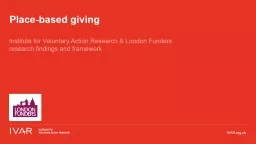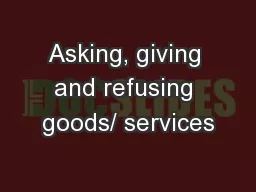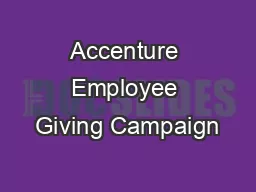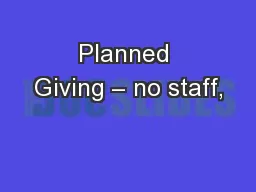PPT-Place-based giving
Author : jane-oiler | Published Date : 2017-08-09
Institute for Voluntary Action Research amp London Funders research findings and framework AIMS Map the field of placebased approaches used by UK trusts and
Presentation Embed Code
Download Presentation
Download Presentation The PPT/PDF document "Place-based giving" is the property of its rightful owner. Permission is granted to download and print the materials on this website for personal, non-commercial use only, and to display it on your personal computer provided you do not modify the materials and that you retain all copyright notices contained in the materials. By downloading content from our website, you accept the terms of this agreement.
Place-based giving: Transcript
Download Rules Of Document
"Place-based giving"The content belongs to its owner. You may download and print it for personal use, without modification, and keep all copyright notices. By downloading, you agree to these terms.
Related Documents














